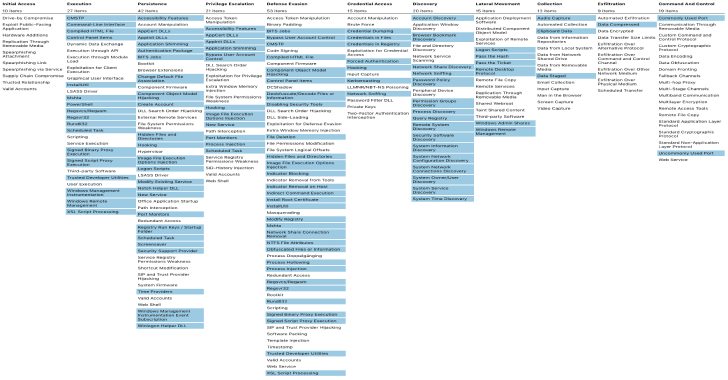Introduction
In the world of Open Source Intelligence (OSINT), anonymity and operational security (OPSEC) are essential. Investigators, journalists, and cybersecurity professionals often need to access information on social media platforms and other websites without revealing their true identity.
This is where sock puppets (also called research accounts) come in. Sock puppets are fictitious online personas created to safeguard the real identity of the investigator, while enabling them to interact with platforms, communities, and individuals in a realistic way.
While the creation of such accounts may violate certain platforms’ Terms of Service, it is not typically illegal. However, users must ensure compliance with organizational policies and ethical guidelines.
What Are Sock Puppets?
In OSINT and digital investigations, a sock puppet is a fabricated identity designed for research purposes. Unlike a casual fake account, a sock puppet must be credible, consistent, and operationally secure.
A well-built sock puppet has:
- A realistic name and background
- A profile picture that is not tied to a real person
- An email address unique to the identity
- Social media activity that mimics genuine user behavior
- (Optional) A burner phone number for verification
Think of sock puppets as aliases used by investigators, journalists, hackers, or even law enforcement to research without exposing their personal identity.
Purpose of Sock Puppets
Sock puppets serve multiple investigative and operational functions:
- Access Restricted Information
Some platforms require login or activity to view certain content. Sock puppets allow researchers to enter those spaces without exposing personal accounts. - Separate Work from Personal Identity
Just as a police officer wouldn’t use their personal car for surveillance, OSINT professionals shouldn’t use personal accounts for investigations. - Enable Passive and Active Research
- Passive research involves browsing and collecting information without interacting with the target.
- Active research may involve direct engagement, such as adding a target as a friend or joining private groups.
- Maintain OPSEC
Sock puppets prevent accidental exposure of the investigator’s real identity, such as liking a post or triggering “friend suggestions” from personal accounts.
Building a Convincing Sock Puppet
Creating a sock puppet requires attention to detail. A poorly built account risks detection and bans. Here are the core components:
| Component | Details & Best Practices |
|---|---|
| Name & Identity | Use tools like Fake Name Generator or ElfQrin to create realistic personas. Include details like birthday, address, and occupation. Female personas often gain trust faster. |
| Email Address | Create a fresh email (Mail.com, Gmail, ProtonMail, Yandex, Outlook). Never reuse your personal email. |
| Profile Image | Generate faces from ThisPersonDoesNotExist. Avoid using real people’s photos to prevent reverse image searches. Alternatively, use generic landscapes if a face is not required. |
| Virtual Numbers | Use services like SafeUM, Numero eSIM, SMS-Activate, or Mint Mobile. Needed for phone verification. |
| Virtual Credit Cards | Use Privacy.com for anonymous purchases like burner SIMs or online services. |
| Network Hygiene | Avoid using your personal IP. Do not use VPNs at sign-up (platforms may flag them). Prefer public Wi-Fi or shared networks for more natural login patterns. |
| Platform Selection | Choose platforms based on your target region or group (e.g., Facebook, Instagram, WhatsApp, LinkedIn, Signal). |
| Activity & Backstory | Post content over time, join groups, follow others, and create a believable backstory (e.g., student, hobbyist). Accounts need history before being used for investigations. |
Types of Sock Puppets
- Person-Based Accounts
Full-fledged personas with names, faces, and detailed backstories. These accounts are best for active engagement. - Theme-Based Accounts
Fan pages, meme accounts, or interest groups (e.g., Robert_Downey_Fans). These accounts are easier to grow and can provide cover for research but require more time to build credibility.
Best Practices for Sock Puppets
- Always keep at least two sock accounts in case one gets banned.
- Do not use personal devices or networks tied to your identity.
- Never reuse real-world details from yourself or others.
- Build accounts gradually with realistic online behavior.
- Separate passive and active accounts to reduce risks.
- Review and lock down privacy settings appropriately.
- Use long-term consistency to make accounts believable.
Conclusion
Sock puppets are a powerful OSINT technique for protecting identity, maintaining OPSEC, and accessing restricted information. When built carefully with realistic details, anonymized networks, and consistent online activity, sock puppets become valuable assets for investigators, journalists, and security professionals.
The key is to strike the balance between credibility and anonymity, ensuring the persona looks genuine while remaining completely detached from your real identity.
Read More : OSINT Cheat Sheet
















